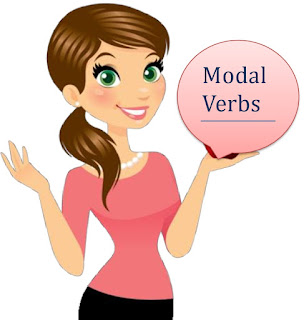Lesson Planning of Addition and Subtraction of Units of Lengths Subject Mathematics Grade 4th
Lesson Planning of Addition and
Subtraction of Units of Lengths
Subject Mathematics
Grade 4th
Students` Learning Outcomes
- Add and subtract expressions involving similar units of lengths.
- Use appropriate units to measure lengths of different objects.
- Solve real life problems involving conversions, addition and subtraction of units of lengths.
- Information for Teachers
- Milometer, meter,
centimeter and millimetre are units of measurement written as km, m, cm and mm
respectively.
- Conversion of units can be done by using the following rules, as;
1 KM = 1000 M
1 M = 10 CM
1 CM = 10 MM
- With the help of these units of length we can find required measurements and can also change them into appropriate measure.
- We multiply while converting greater to smaller unit and use division while converting small unit to greater.
- During this lesson consult text book at each lever wherein it is required
Material / Resources
Writing board,
chalk/marker, scale, measuring tape, textbook
Introduction
- Write on the board kilometres, meters, centimetres and millimetres.
- Ask the students which unit can be used for measuring the following: as;
- Distance between cities (Milometers)
- Length of a pencil (Centimetre)
- The thickness of finger nails (Millimetres)
- Tell them that we have learnt basic units of length in previous lectures.
- Today we will learn how to add and subtract these units.
- Ask them can we add millimetre into kilometre? (Expected answer would be as; No)
- In fact, only similar units can be added or subtracted
- We make different units similar before adding and subtracting.
Development
|
Activity
1
|
|
Activity
2
|
- Same units can be added or subtracted only.
- If we want to add them we first convert them in same units.
- The smallest unit for measuring length is millimetre.
- The greatest unit for measuring length, height or distance is kilometers.
- We multiply while converting greater to smaller unit and use division when we convert smaller to greater unit.
Assessment
- Give following problems to the students to assess them: as;
- Distance between cities A to B is 450 kilometres. If the driver has covered 291 kilometres, then how many kilometres are left to be covered?
- Choose the appropriate units for measuring the following lengths: as;
- Length of shoes:
(a (a) Meter
(b) centimetres (c)
- Width of an eraser:
(a (a) Millimetre (b) meters
(c)
- Assign following questions to the students: as;
Follow up
- Choose the best estimate to answer each question: as;
- About how tall is a plastic water bottle?
(a) 20 cm (b)
20 km
© 20 m (d) 20 mm
- About how long a pens nib is?
(a (a) 2 cm
(b) 2 mm
(c)
2 m (d) 2 km
- About how away from can be my school from my home?
(a (a) 1 m (b) 1 km
©
1 cm (d) mm








Comments
Post a Comment